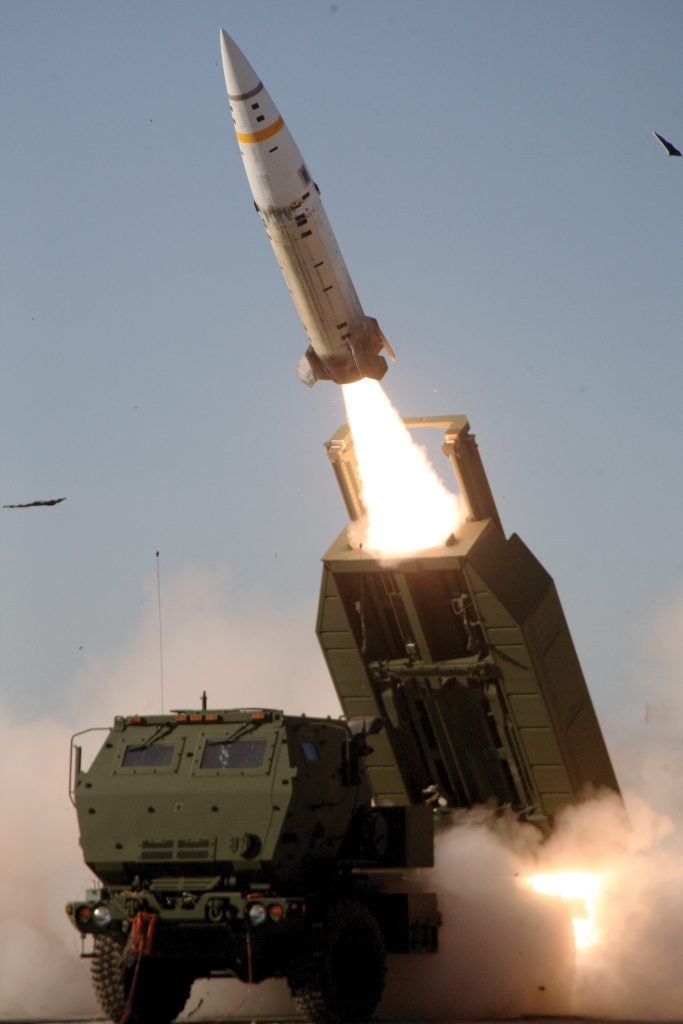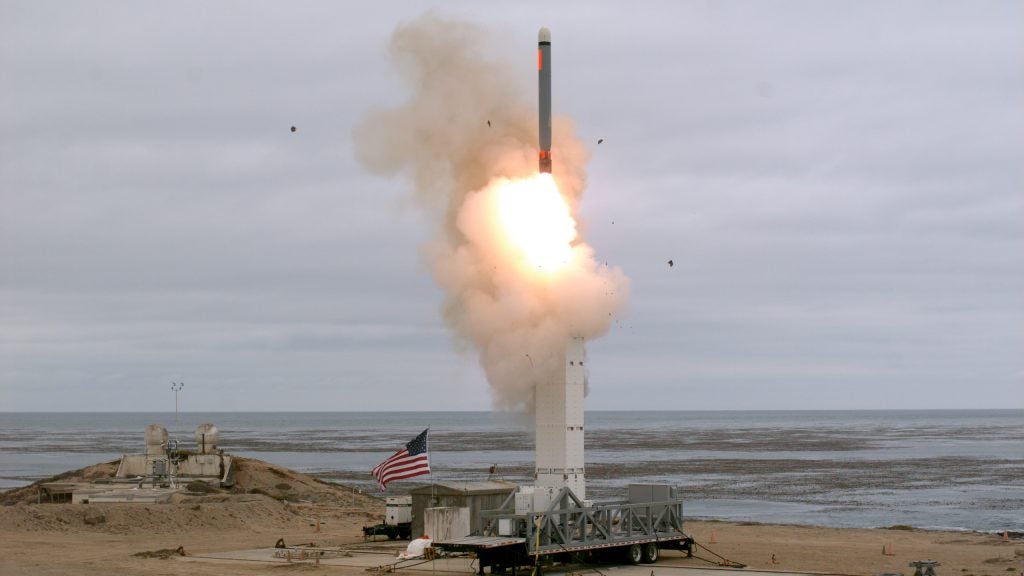US Enters the Post-INF World With Ground Launch of Tomahawk Cruise Missile
On August 18th, just sixteen days after the official exit by the United States from the Intermediate Range Nuclear Forces Treaty, the US Navy fired a Tomahawk land-attack cruise missile from San Nicolas Island off the California Coast. The missile, launched from a Mk.41 VLS module mounted to a tow-able trailer, flew over 500 kilometers, the lower range band prohibited by the INF treaty.
While the substance of the test itself was largely unremarkable—Tomahawk Block IV has a listed range well over double the distance flown in the test—the message is a landmark shift in policy. Just over two weeks ago, the test would have been illegal, a violation of a critical arms control treaty the US has dutifully abided by since its signing in 1987.
Russia’s public and visible violation of INF is not the only motivation for the US to develop capable intermediate range missiles. As tensions with China continue and grow, and conflict becomes less of a theoretical in the minds of long range strategic planners, the tyranny of distance in the Western Pacific has become a front line issue. The PLA Rocket Forces have a large quantity of capable fixed target capable conventional ballistic missiles, and a much smaller and unproven force of anti-ship ballistic missiles. The PLA also has an unknown number of nuclear armed intermediate range and intercontinental nuclear tipped ballistic missiles. This gives China a legitimate ability to threaten US bases located near to areas of significant Chinese interest.
As of writing, the US has no analogue to China’s rocket forces, or even the ability to strike back at launch sites in a timely manner. Air and ship launched cruise missiles have the range to hit Chinese military locations from a relatively safe stand-off range, but their time of flight means that launch and assembly points will likely have sufficient time to vacate their position before the missiles arrive. The only ballistic missiles the US will have in theater will be nuclear tipped submarine launched missiles, which are too tightly controlled and politically sensitive to use in a retaliatory strike.
Newly confirmed Secretary of Defense Mark Esper has stated publicly that he wants this state of affairs to change. While speaking to reporters in Australia, the SecDef said “Yeah, I would like to” in regards to the placing of INF prohibited missiles in the WestPac region. Esper continued his comments, saying “I don’t see an arms race happening, I do see us taking proactive measures to develop a capability that we need for both the European theater and certainly this theater.”
Meanwhile, the Army’s replacement for the Army Tactical Missile System (ATACMS) is expected to have both a range in excess of 500km and anti-ship capabilities. This combination seems explicitly designed for expeditionary basing in the South China Sea in order to control the seas and deny transit to PLA-N ships. However, the Precision Strike Missile likely won’t arrive until after 2023, while Tomahawk is ready to go tomorrow.

All of this is not even counting future hypersonic capabilities currently under development. A recent engine test achieved record setting thrust levels, suggesting that the initial deployment of American hypersonic cruise missiles may not be as far off as it appeared six months to a year ago. In the theoretical battle space of the western Pacific ocean, hypersonics will likely play an outsized role given their almost certainly high cost and low density.
It is clear that the US has been planning its departure from INF for longer than the decision has been in the headlines. The rapid Tomahawk test from San Nicolas island, combined with Secretary Esper’s comments, and the in-progress development of non-compliant ballistic and hypersonic missiles suggests that not only does the US have a post-INF plan, but has had it for some time. The question then becomes, what will everyone else do?

